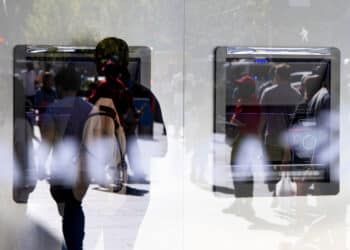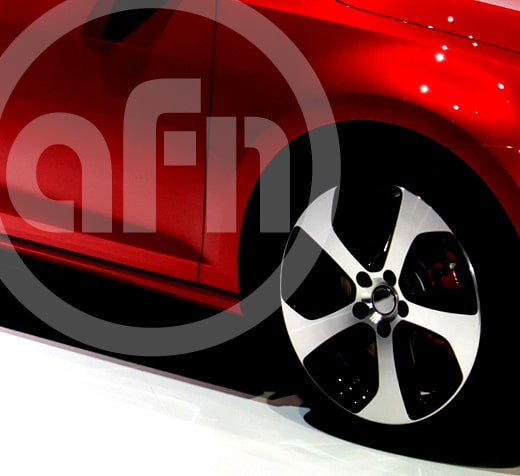The New Normal for Used-Car Values
Since the collapse of the new-car market in 2008, industry participants have talked about a “new normal” for car sales. The argument was that the prior 17-million-unit sales pace was inflated, and 14 million units was a more appropriate rate based on population figures and driving habits. Manufacturers have since recalculated production volumes and reduced headcount accordingly.
While adjustments were made on the new-car side, the used-car market has been strengthening. Limited availability of used cars has prompted a rise in auction values. Manheim’s Used Vehicle Value Index topped 126 in March and April, a level reached only three other times.
But what goes up must come down, lenders say, as they anticipate a decline in used-car values. The key questions, though, are when and how much.
During a session at the Auto Finance Risk Summit this week, Teresa Eller, consumer installment credit risk manager at M&T Bank, proposed that the decline might be muted. Her rationale: There may be a “new normal” for used-car values, considering the high quality of vehicles being produced these days.
Data from the J.D. Powers 2012 Vehicle Dependability Study supports Eller’s vehicle-quality claim. “Overall long-term vehicle dependability is the strongest it has ever been, and the gap between initial quality and long-term dependability continues to close,” according to J.D. Power.
The Manheim Index was set to 100 in January 1995. It closed out that year at 100.9. Last year, the index closed at 125.1. And in 11 of the past 17 years, the index has exceeded 110.
Is 115 the new baseline? 118? What’s your take?















